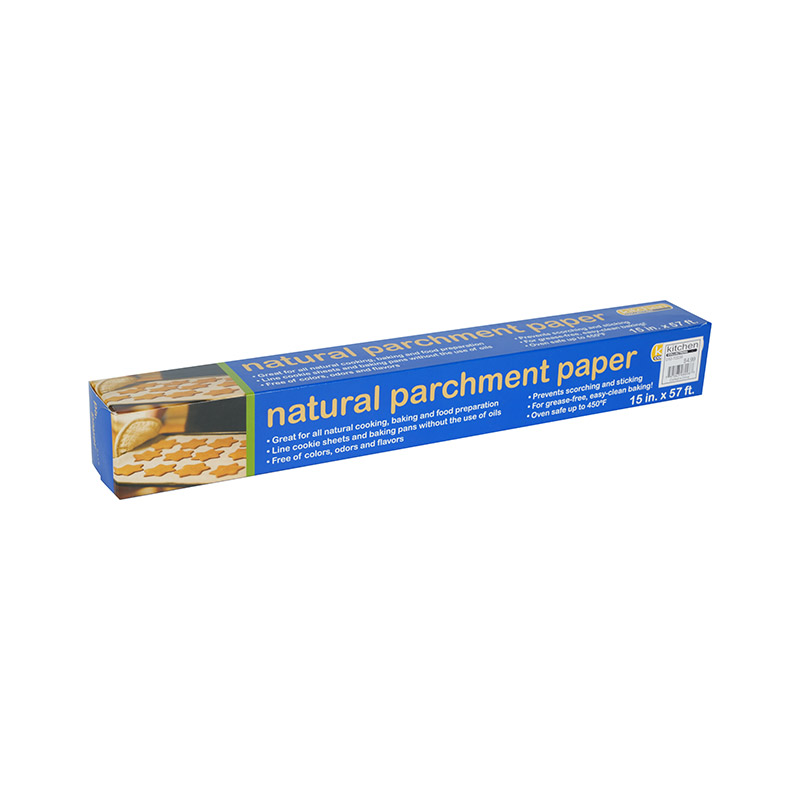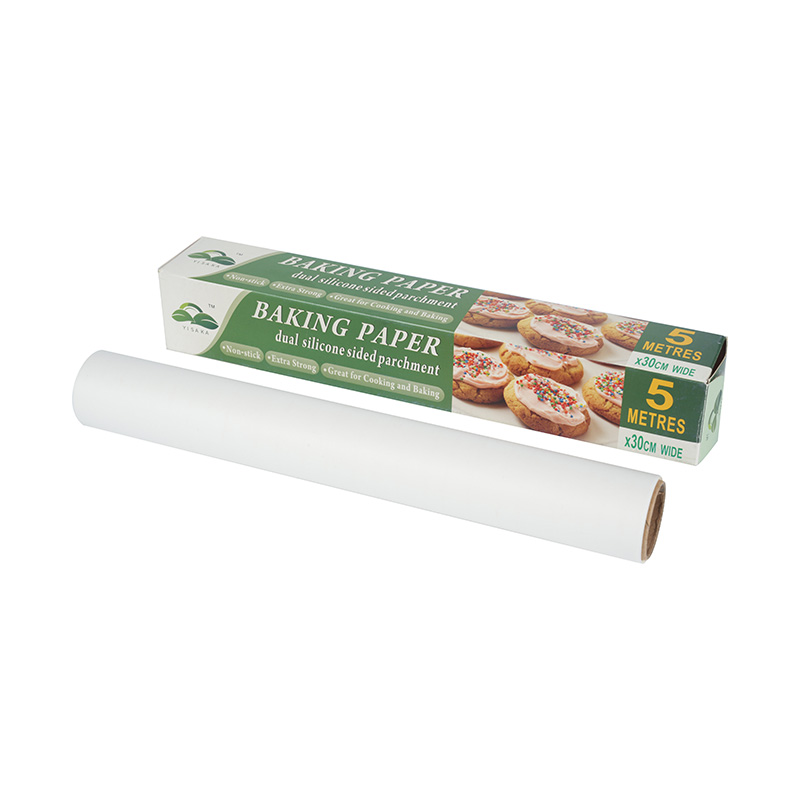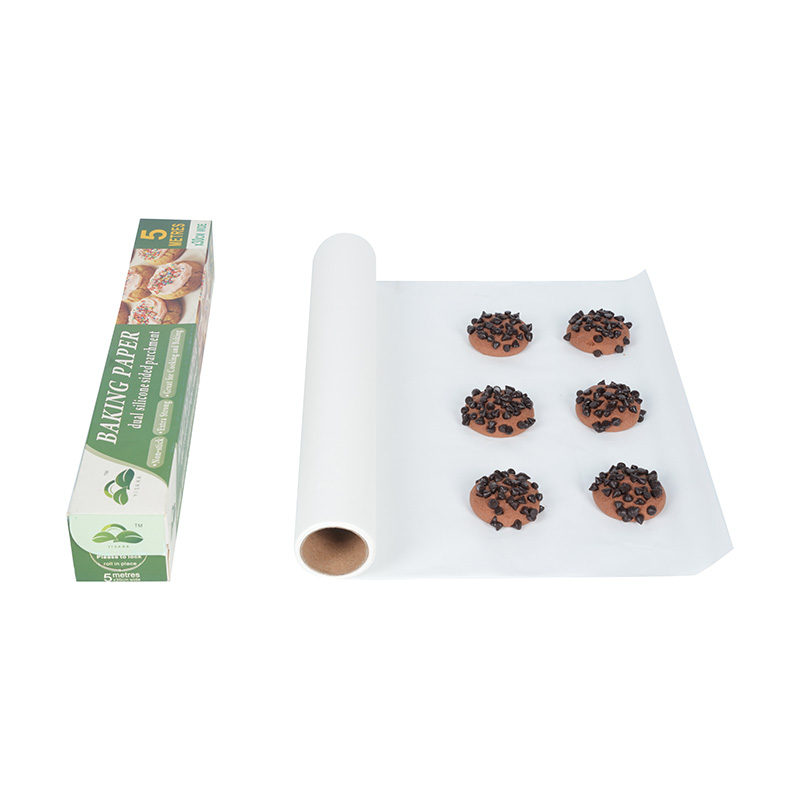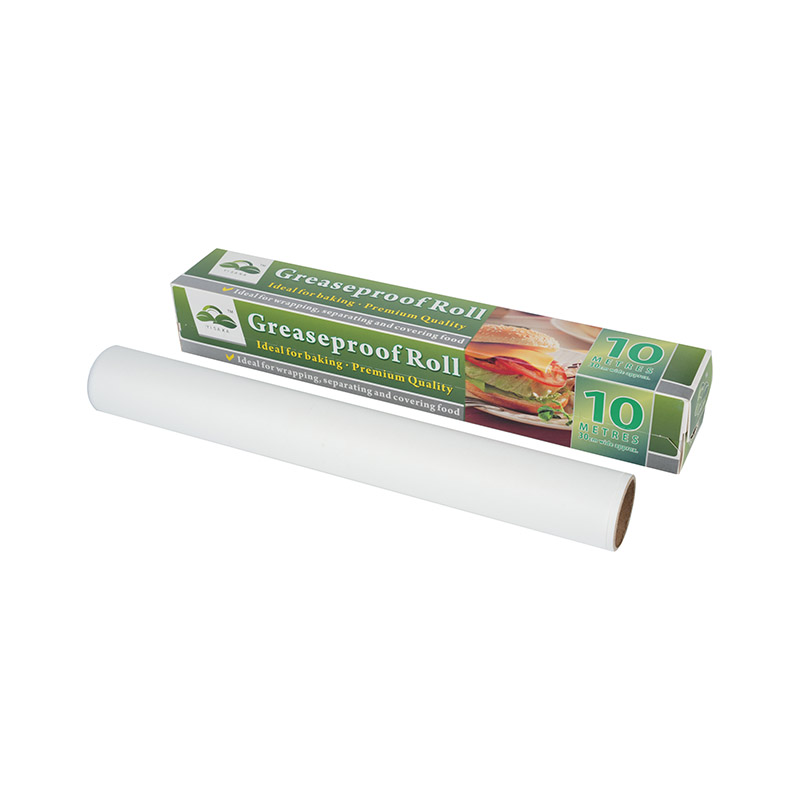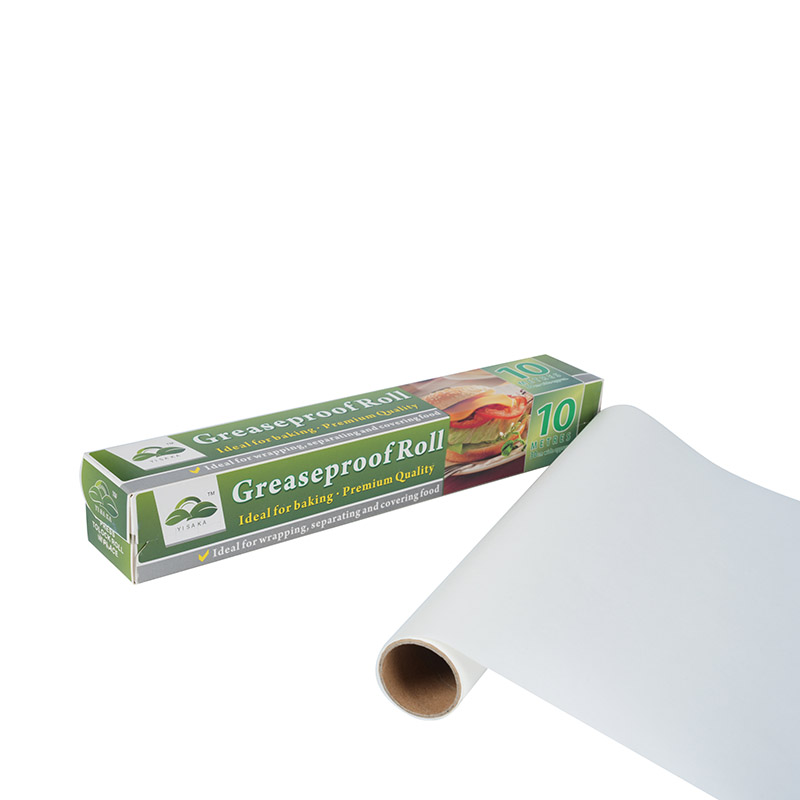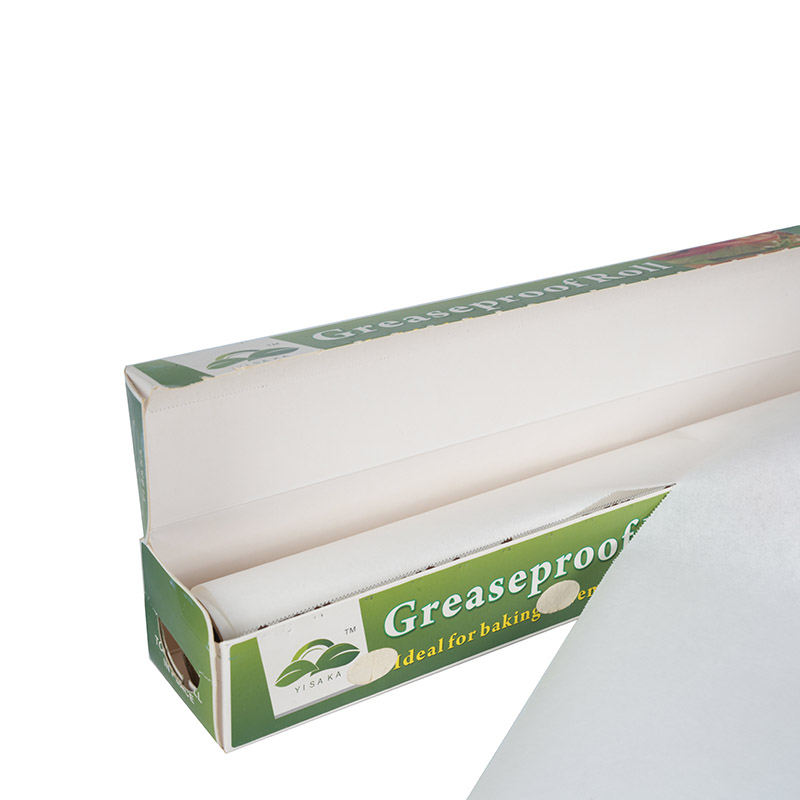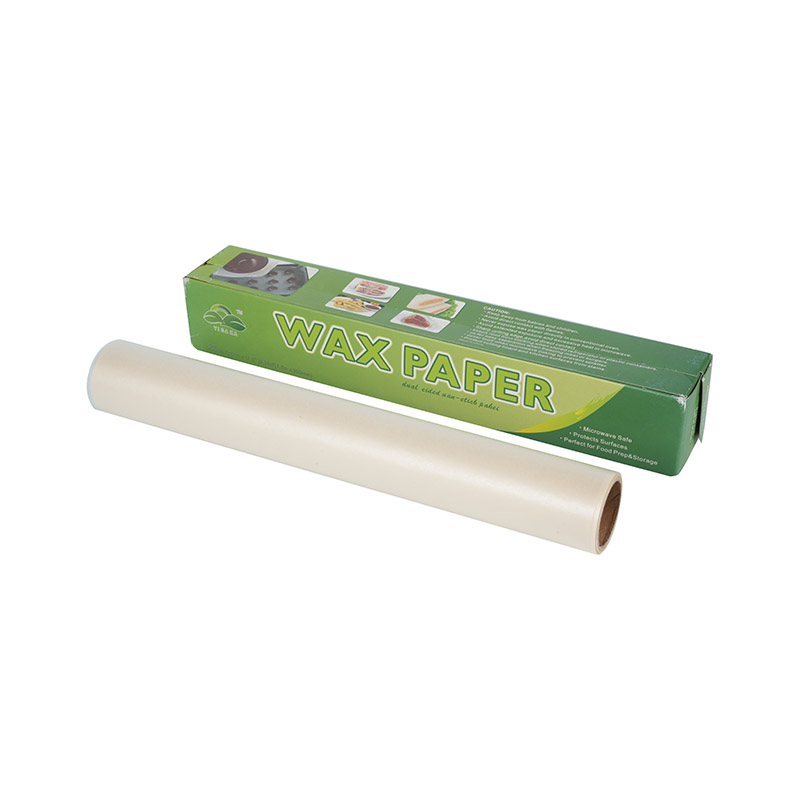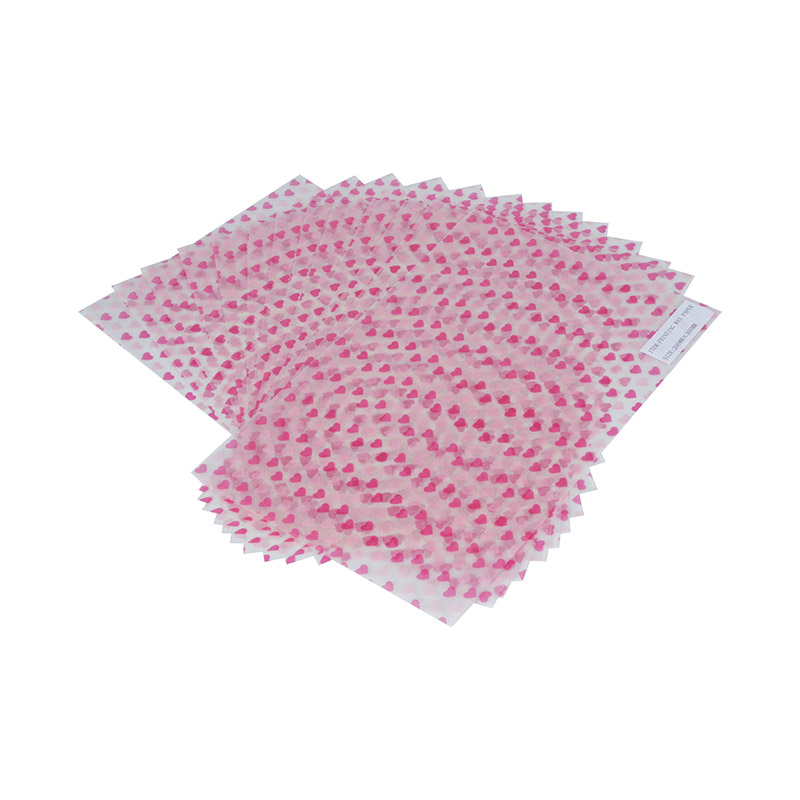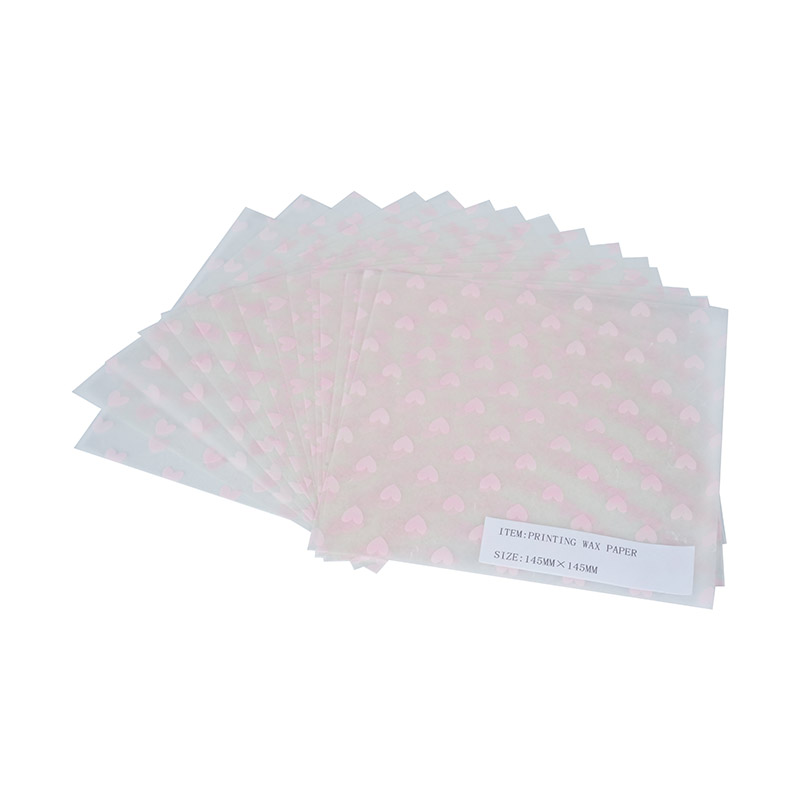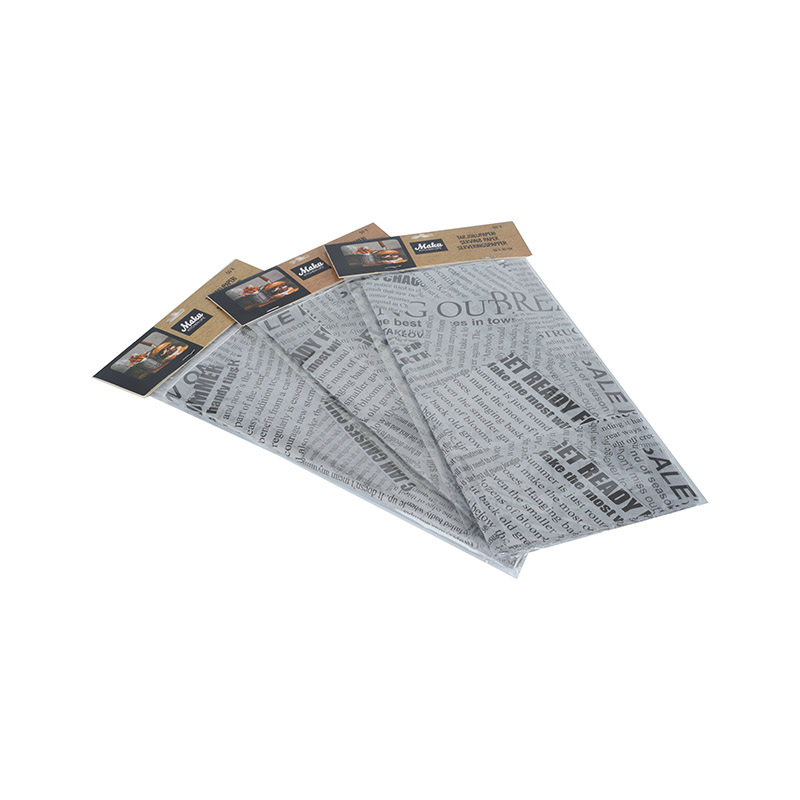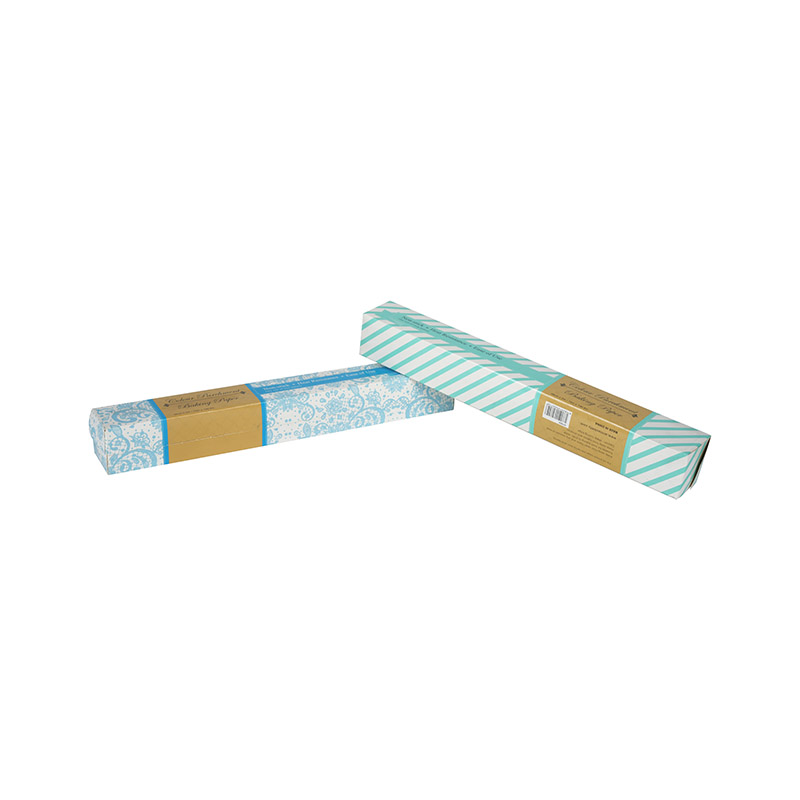Unbleached parchment paper has become a staple in modern kitchens, celebrated for its minimal processing and eco-friendly appeal. This guide will walk you through everything you need to know about this kitchen workhorse, from its benefits to its proper usage.
What Is Unbleached Parchment Paper?
Unbleached parchment paper, also known as brown baking paper or chlorine-free parchment, is a type of cellulose-based paper that has not undergone the whitening process typically used for traditional parchment paper. This is why it has a natural, light brown color. The paper is coated with a thin layer of silicone, which gives it its non-stick properties and heat resistance.
The primary difference between bleached and unbleached parchment is the manufacturing process. Bleached parchment is treated with chlorine to achieve its white color, a process that can release trace amounts of dioxins. Unbleached paper, by contrast, is processed without chlorine, making it a popular choice for those concerned about food safety and environmental impact.
The Key Benefits
-
Eco-Friendly: Since it bypasses the chlorine bleaching process, unbleached baking paper is generally considered more environmentally friendly. Many brands source their paper from sustainably managed forests and are certified by organizations like the Forest Stewardship Council (FSC).
-
Health and Safety: By avoiding chlorine, unbleached paper reduces the risk of chemical byproducts coming into contact with your food.
-
Superior Non-Stick Performance: The silicone coating on both bleached and unbleached versions provides excellent non-stick properties, ensuring your food doesn't stick to the pan and making cleanup a breeze.
-
Versatile: Its heat-resistant properties make it suitable for a wide range of kitchen tasks, not just baking.
How to Use Unbleached Parchment Paper Correctly
1. Baking and Roasting
This is the most common use. Line your baking sheets with unbleached parchment to prevent cookies, pastries, and roasted vegetables from sticking.
-
Correct Sizing: Cut the paper to fit the pan perfectly. A good trick is to fold the paper in half, then in half again, and trim the corners to create a circular shape for round cake pans.
-
Temperature Matters: While unbleached parchment paper is highly heat-resistant, it's not invincible. Most brands are rated to withstand temperatures up to 425°F (220°C). Always check the packaging for the exact temperature rating. Using it under a broiler or on a grill with direct flame is a fire hazard and should be avoided.
2. CookingEn Papillote(In a Packet)
This classic French cooking method involves wrapping food (like fish or vegetables) in a parchment paper packet and baking it. The paper traps steam, creating moist, flavorful, and perfectly cooked food.
-
Creating the Packet: Place your ingredients in the center of a large piece of parchment. Fold the paper over and crimp the edges together tightly to form a sealed packet. The goal is to lock in all the moisture and aromas.
-
Airtight is Key: A well-sealed packet ensures your food steams evenly and doesn't dry out.
3. Food Preparation
Parchment paper is invaluable for more than just baking.
-
Rolling Dough: Dusting your countertop with flour can be messy. Instead, roll out pie crusts or cookie dough between two sheets of chlorine-free parchment. This not only keeps your counter clean but also makes it easy to transfer the dough.
-
Freezing: Separate food items like burger patties, fish fillets, or homemade dumplings with layers of brown baking paper before freezing. This prevents them from sticking together and makes it easy to grab just one or two at a time.
Parchment Paper vs. Its Counterparts
Parchment Paper vs. Wax Paper
This is a crucial distinction. Never substitute wax paper for parchment paper when cooking with heat. Wax paper is coated with a thin layer of paraffin wax, which will melt and smoke at high temperatures. It's only safe for wrapping cold items or for separating foods.
Parchment Paper vs. Aluminum Foil
Both are used for lining pans, but they serve different purposes. Aluminum foil is a conductor of heat, which means it helps food brown faster. Unbleached parchment paper, on the other hand, is an insulator, which provides a more even, gentle bake and prevents burning. Parchment is also non-stick, whereas food can sometimes stick to foil.
Final Tips for Success
-
Check the Label: Always read the packaging to confirm the temperature rating and if the paper is oven-safe.
-
Don't Use for Broiling: The intense, direct heat of a broiler can cause parchment paper to ignite. Use a heat-safe alternative like a metal baking tray.
-
Storage: Store your roll of unbleached parchment paper in a cool, dry place to maintain its quality and prevent it from becoming brittle.
By understanding its unique properties and how to use it correctly, you can make the most of this versatile, eco-friendly kitchen essential.


 English
English русский
русский